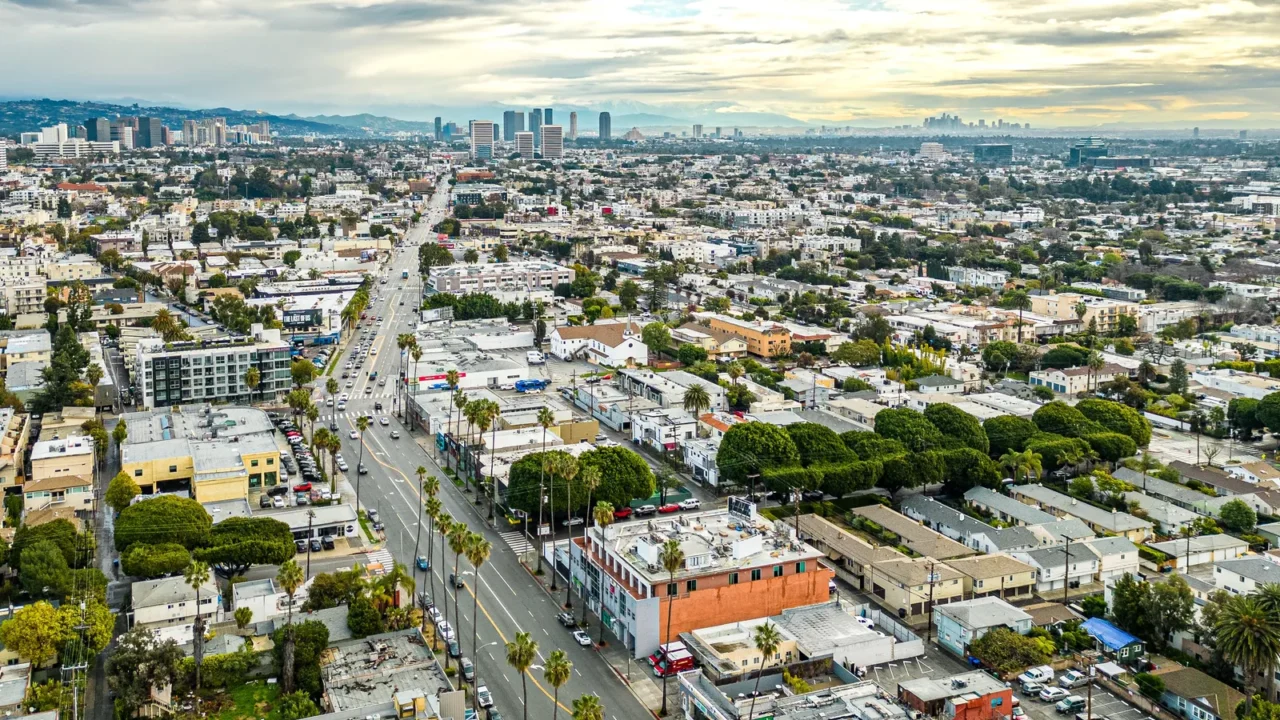
Why black Americans are moving again
Black Americans are leaving many major U.S. cities in a movement now known as the New Great Migration. It’s a major shift shaped by rising costs, slow job growth, and daily pressures that make city living feel less rewarding.
People want stability, opportunity, and a sense of belonging, and for many, that no longer exists in places like Chicago, Los Angeles, or Philadelphia. The South, meanwhile, is offering something different: a mix of culture, affordability, and strong Black communities that make the move feel like a step forward.
Cities across the region have become centers of Black political power, creativity, and entrepreneurship, drawing families, young professionals, and retirees in huge numbers.

The pull of better job opportunities
One of the biggest reasons behind this shift is simple: better jobs. Many Northern and Western cities have struggled with slow private-sector growth, limited career pathways, and widening wage gaps. Black workers in these cities often feel stuck, unable to grow professionally or earn enough to build long-term security for their families.
Southern cities like Atlanta, Dallas, Houston, and Charlotte have become job magnets with booming tech, healthcare, logistics, and business sectors. These places offer real pathways into the middle class, especially for educated young adults. The combination of strong job markets and lower living costs makes the South feel like a place where ambition actually pays off.

Affordability is a game changer
Housing costs have risen so sharply in cities like New York, Los Angeles, and Seattle that many residents feel priced out of their own neighborhoods. Rent hikes, competition from developers, and gentrification have pushed long-term Black families farther from the city center, or out of the state altogether.
Southern metro areas, by contrast, offer more space, more inventory, and more attainable prices. Families can buy homes, build generational wealth, and settle in neighborhoods that feel stable. For many, moving isn’t about leaving, it’s about finally being able to live comfortably without sacrificing financial security.

Stronger cultural and family connections
Many Black Americans say they’re moving to reconnect with cultural roots and family networks. The South has always been home to some of the strongest Black communities in the country, and that sense of belonging continues to draw people back.
These connections bring emotional support, community pride, and a feeling of being surrounded by people who understand your experience.
Cultural life in the South is thriving, from HBCUs to Black-owned businesses to art, food, and music scenes that celebrate Black identity. For many, the move isn’t just practical; it’s deeply personal, offering a chance to return to a place that feels like home.

Seeking better political and social climates
While the South still has its challenges, many migrants say they’re finding more influence and representation in Southern cities. Growing Black populations mean stronger political voices, more leadership opportunities, and communities that vote together on issues that matter. This shift is reshaping local politics in major ways.
At the same time, some are leaving Northern and Western cities due to rising tensions around policing, racial inequality, and uneven public services.
They want places where they feel safer, heard, and valued, and where community involvement can actually lead to change. For many, the South feels like a place where that change is happening.

New destinations beyond the South are growing
While the South leads the trend, new hotspots are emerging across the West and Midwest. Cities like Phoenix, Las Vegas, Seattle, Minneapolis, and parts of Pennsylvania are seeing fast-growing Black populations. These places offer jobs, better weather, expanding economies, and suburban communities that feel inviting and attainable.
These newer destinations attract people looking for a fresh start without the high housing costs of major coastal cities. They also appeal to families who want quieter neighborhoods, better schools, or a different pace of life. As these communities grow, they’re building strong cultural foundations of their own.

What sending cities are struggling with
Cities experiencing large outflows of Black residents are facing noticeable impacts. Shrinking populations can weaken tax bases, strain city budgets, and reduce funding for schools, transportation, and public programs. When middle-class families leave, it becomes harder for neighborhoods to stay stable or attract new investment.
Many former residents say crime, school quality, and lack of economic growth played major roles in their decision to leave. These cities risk long-term decline if they can’t address public safety, rebuild trust, and improve economic conditions. For many families, the choice wasn’t easy, but staying no longer felt sustainable.

What the data shows so far
Decades of data reveal just how major this shift is. The South’s share of the Black population has grown from just over half in 1970 to more than 56 percent by 2019, and it continues climbing. States like Texas, Georgia, North Carolina, and Florida consistently rank as top destinations for Black movers.
College-educated Black Americans are driving much of this growth, creating diverse, upwardly mobile communities across Southern metro areas. Even though the pace slowed briefly between 2015 and 2020, the South still leads the nation in net gains. The overall trend is clear: more people are choosing the places that offer long-term stability.

Rising housing pressures in Northern cities
Housing affordability remains one of the strongest push factors. In cities like Detroit, Cleveland, Philadelphia, and parts of New York, rising rents and home prices have pushed many Black families out of historically Black neighborhoods. Gentrification and investor-driven development have made these areas harder to afford and harder to stay in.
For households already dealing with wage stagnation or unstable employment, rising housing costs create impossible pressure. Many have decided that starting over somewhere more affordable, especially in the South, is the only way to regain financial balance and plan for the future.

Crime and safety concerns matter too
Safety is another major reason families are choosing to leave some large urban centers. Many neighborhoods struggle with high crime rates, underfunded schools, and inconsistent public services. These issues weigh heavily on families who want safer streets, better education, and more predictable day-to-day life.
Southern and Western suburbs often offer the quieter, more stable environment many parents want for their children. The move, for many, is about protection and peace of mind. When people no longer feel secure in their own communities, relocating becomes a necessary step toward stability.

Searching for better schools and services
School quality varies sharply from neighborhood to neighborhood in many large cities, and that inconsistency pushes families to look elsewhere. Parents want classrooms that are safe, well-funded, and supportive, and they want schools that prepare their kids for long-term success. Too often, they aren’t finding that where they live now.
Southern metro areas have seen huge suburban growth because they offer new schools, expanding districts, and programs that feel more reliable. Better local services — from parks to healthcare access, also play a role in making the move feel worthwhile. Families see these regions as places where their children can thrive.

A chance to build wealth
For many Black families, moving South is part of a larger plan to build generational wealth. Lower home prices, expanding job markets, and thriving Black business communities make it easier to save money, buy property, and invest in long-term goals. People want financial freedom, not just survival.
The ability to own a home is a huge motivator. In the South, many buyers find properties they could never afford in major Northern cities. This shift is helping reshape the geography of Black wealth, giving families a stronger foundation and more control over their futures.
Thinking of visiting soon? Discover which U.S. states residents are leaving—and why tourists might want to reconsider their plans before booking.

Suburban growth and changing communities
As more Black Americans move into Southern and Western suburbs, these communities are becoming more diverse and dynamic. New neighborhoods, churches, cultural centers, and small businesses are transforming the suburban landscape into places with rich cultural identity and strong community pride.
This growth is creating new hubs of Black culture outside traditional big cities. Families like the space, the calmer environment, and the chance to live near others who’ve made similar moves. These suburban centers are becoming just as influential as major urban hubs.
If you’re inspired by the rise of new cultural hubs, check out African American heritage trails worth traveling for.
Have thoughts on this major migration shift? Share your take in the comments.
Read More From This Brand:
- 15 historic towns in America where time stands still
- African American heritage trails worth traveling for
- Would you trust a robot to plan your next vacation?
Don’t forget to follow us for more exclusive content right here on MSN.
This slideshow was made with AI assistance and human editing.